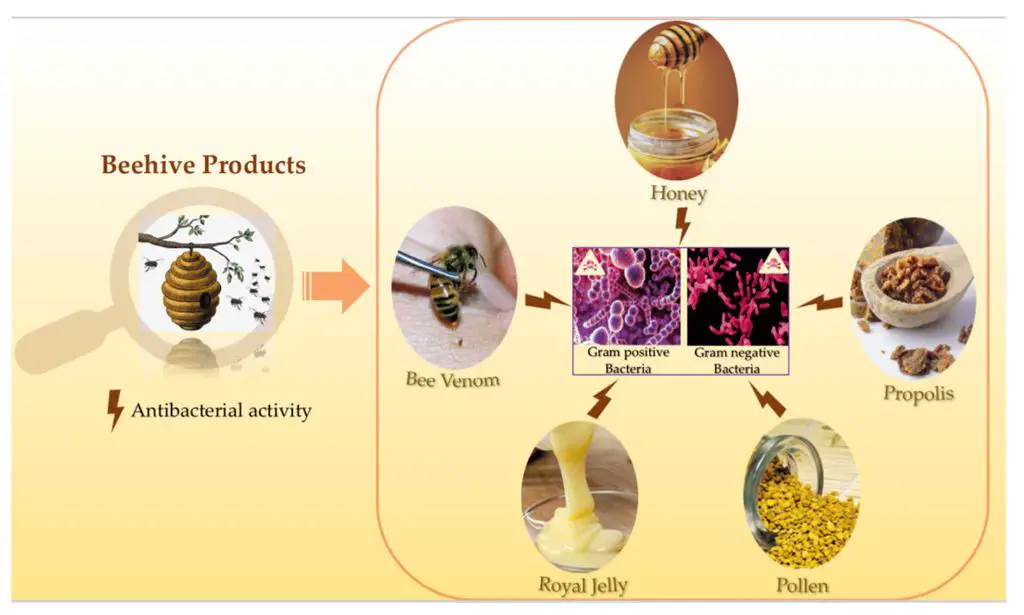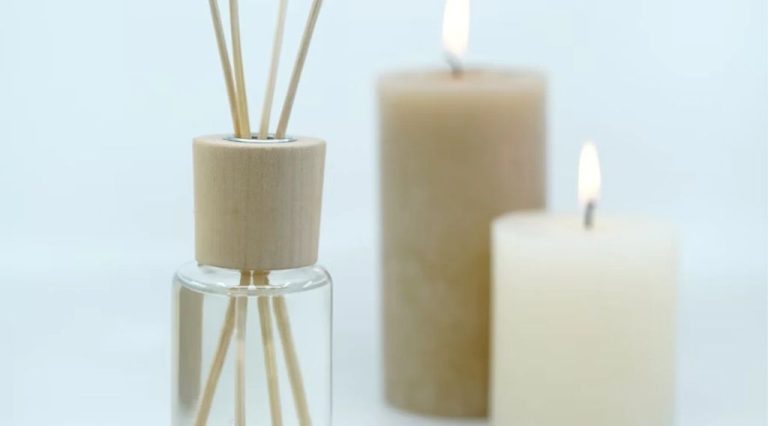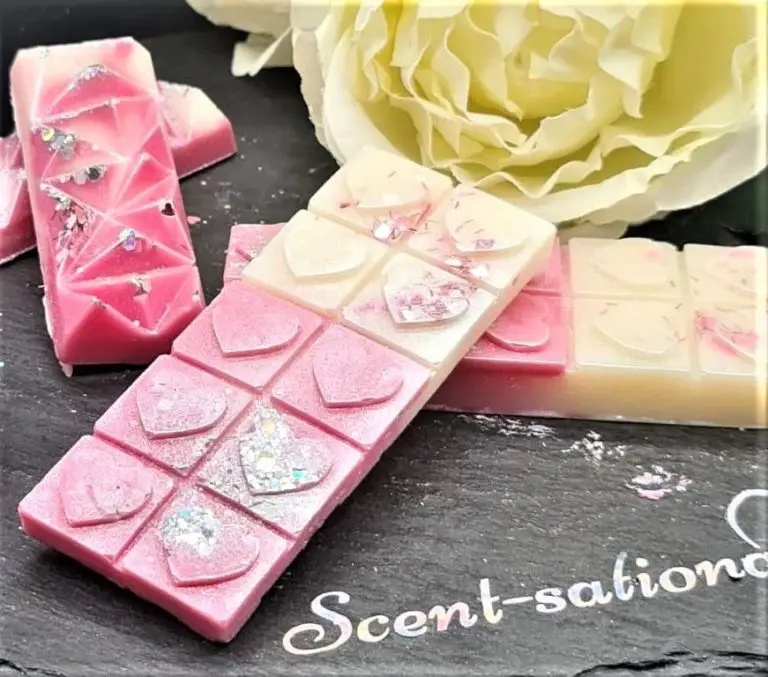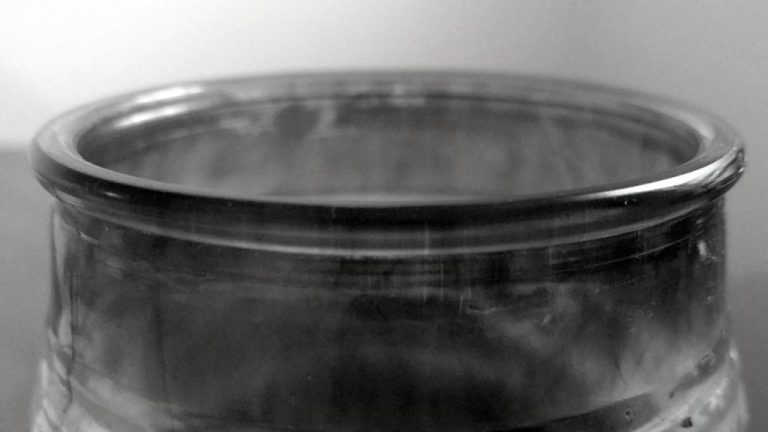Does Mold Grow On Beeswax?
Beeswax is a natural wax produced by honey bees that is used in a variety of applications. It is secreted from eight wax-producing glands on the worker bee’s abdomen and is composed of a mixture of over 300 compounds, predominantly lipids, hydrocarbons and palmitate esters.
Some common uses of beeswax include candles, lip balms, furniture polish, modeling wax, and as a food additive. Its unique properties, including its plasticity when warm and hardness when cool, make it useful for molding and shaping. Beeswax also has antiviral, anti-inflammatory and antibacterial properties.
Given that beeswax has natural antimicrobial properties, an interesting question arises as to whether mold is able to grow on beeswax. This article will examine the chemical composition of beeswax, the conditions required for mold growth, and whether the inherent properties of beeswax prevent mold from developing.
What is Beeswax?
Beeswax is a natural wax produced by honey bees of the genus Apis (https://en.wikipedia.org/wiki/Beeswax). It is secreted from eight wax-producing glands on the worker bees’ abdomen and is used by bees to build the walls of the honeycomb in their beehive. Beeswax has a variety of uses for humans, including in candles, cosmetics, polishes, and food.
Beeswax ranges in color from yellow to brownish, depending on factors like the age of the bees, the flowers and plants the bees visited, and how it was processed after being collected from the hive. It has a pleasant, honey-like scent. When first secreted from bee glands, beeswax is white and opaque. As worker bees chew and process the wax, it softens and becomes pliable. The bees then use the wax to build honeycomb.
Beeswax has been utilized by humans for thousands of years, at least as far back as ancient Egypt. Today, in addition to being used in honeycomb, beeswax has a number of commercial and industrial applications (https://www.saratogateaandhoney.com/blogs/honey-education/what-is-beeswax-and-how-is-it-made). It is commonly used to make candles, lip balms, skin creams, furniture polish, and even chewing gum. Beeswax also has edible uses and can be found in some food products as a thickening agent or texturizer.
Chemical Composition
Beeswax is composed of a complex mixture of hydrocarbons, fatty acids, alcohols, and other organic compounds. According to an overview on ScienceDirect Topics, the main constituents of beeswax are palmitate, palmitoleate, and oleate esters of long-chain fatty acids, predominantly between 30-32 carbons in length.
An approximate chemical formula for beeswax is C15H31COOC30H61, as stated on the Wikipedia page about beeswax. Beeswax consists of approximately 15% hydrocarbons, 32% monoesters, 15% hydroxy monoesters, 8% diesters, 2% hydroxy polyesters, 8% free fatty acids, 1% free fatty alcohols, 6% hydroxy monoesters, 4% dicarboxylic acids, and 1% ceroles.
The three main components that make up the majority of beeswax are fatty acids, long chain alcohols, and hydrocarbons. The exact composition can vary depending on the bees and plants in a given region, but these groups comprise the bulk of the chemical structure of natural beeswax.
Antimicrobial Properties
Research has shown that beeswax has some antimicrobial effects against certain bacteria, fungi, and other microorganisms. One study published in the Journal of Cleaner Production found that textiles coated with beeswax inhibited the growth of Staphylococcus aureus and Escherichia coli bacteria [1]. The antimicrobial activity is attributed to compounds like fatty acids, esters, and flavonoids present in beeswax.

Specifically, beeswax contains myricyl palmitate, hydroxymyristic acid, and flavonoids like pinocembrin and pinobanksin [2]. Research indicates these compounds can inhibit the growth of gram-positive bacteria like Staphylococcus aureus, gram-negative bacteria like Salmonella enterica, and fungi like Candida albicans. The exact antimicrobial mechanisms are still being investigated, but likely involve disrupting microbial cell walls and membranes.
While beeswax has demonstrated antimicrobial effects in some studies, the extent can vary based on composition. But overall, the antimicrobial compounds present in beeswax can help inhibit microbial growth to some degree.
Mold Growth Requirements
Mold requires specific conditions to grow and thrive. The three main elements mold needs are:
- Moisture – Mold spores need moisture to germinate and grow. Mold can grow with moisture levels as low as 50-60%, and does best with levels above 70%. [1]
- Nutrients – Mold extracts nutrients from organic materials like wood, paper, and natural fibers. This is why mold often grows in damp areas with these materials. [2]
- Appropriate temperature – Each species of mold has an optimal temperature range, but most grow between 40-100°F. [3]
Beeswax lacks some of these key elements needed for optimal mold growth. The fatty acids and low moisture content make it a poor environment for mold to thrive.
Fatty Acids in Beeswax
Beeswax contains fatty acids that have antifungal properties. According to a study, beeswax consists of approximately 8% free fatty acids (Tulloch, 1970b).
Two fatty acids in beeswax that exhibit antifungal effects are lauric acid and myristic acid. Lauric acid makes up the majority of the fatty acids in beeswax, accounting for 35-45% of the total fatty acids (Frąckowiak et al., 2013). Research shows that lauric acid has potent antifungal effects against common mold species like Aspergillus niger (Kabara et al., 1972). Myristic acid is also present in beeswax and has demonstrated antifungal activity (Thormar et al., 1987).
The antifungal properties of lauric acid and myristic acid found naturally in beeswax help inhibit mold growth.
Low Moisture Content
Beeswax has a very low moisture content which makes it difficult for mold to grow. According to the scientific article “Effect of Beeswax on hydrophobicity, moisture resistance and physicomechanical properties of gelatin films” published in Food Hydrocolloids, beeswax has excellent barrier properties against water vapor permeability thanks to the esters of long chain fatty alcohols and acids present in it (Vijayan, 2023).
Another source states that beeswax has a moisture content of just 0.5-1% (Wave Equation, n.d.). This is significantly lower than many organic materials where mold thrives. Mold typically requires a moisture content of around 10-12% to be able to grow, which beeswax does not provide.
The hydrophobic nature and low moisture content make it very difficult for mold spores to germinate and propagate in pure beeswax. This innate property helps protect beeswax from microbial degradation over time.
Nutrient Availability
Mold requires certain nutrients to be able to grow and proliferate. Two key nutrients that mold feeds on are cellulose and starch, which are carbohydrates found in many food sources. However, beeswax lacks these nutrients that are crucial for mold growth.
Beeswax is composed almost entirely of fatty acids and contains very minimal amounts of carbohydrates. According to one source, beeswax contains no digestible carbohydrates or sugars and is considered indigestible [1]. The main components are saturated fatty acids like palmitic acid and esters. Without cellulose, starch, or other carbohydrates present, the beeswax simply does not contain the nutrients mold requires to grow.
In addition, beeswax has very low moisture content, which is another critical factor for mold proliferation. The lack of moisture also inhibits nutrient breakdown and availability. With insufficient nutrients and moisture available, beeswax is not conducive for mold growth.
Conclusion
In summary, beeswax contains properties that make it generally resistant to mold growth. The high concentration of fatty acids, such as palmitic and oleic acid, have antimicrobial effects that inhibit mold. Additionally, pure beeswax has a very low moisture content, which mold needs in order to germinate and thrive. Beeswax also lacks many of the nutrients that mold relies on to grow.
However, mold can still potentially grow on beeswax under certain conditions. If moisture somehow gets introduced, such as through condensation or humidity, it can provide enough water activity for mold. And any impurities or organic debris mixed in with the wax could supply nutrients to support mold growth. Proper storage is therefore important to prevent moisture accumulation and contamination.
While beeswax is largely inhospitable and resistant to mold, if moisture, nutrients, and spores are present, some mold growth may occur in ideal circumstances. Precautions should be taken to keep beeswax clean, dry and sealed in airtight containers to prevent mold infection. But overall, the antimicrobial fatty acids and low moisture content of pure beeswax create an environment that deters mold from thriving.
Proper Storage
The best way to store beeswax is to keep it in a cool, dry place away from direct sunlight, heat sources, and moisture. According to Crystalsrawhoney.com, “You should store your beeswax in a cool, dry place away from direct sunlight, heat sources, and moisture. An ideal storage space for beeswax is a dark cabinet or drawer” [1]. Exposure to light, heat, and humidity can cause the wax to discolor or become brittle over time.
It’s also important to properly wrap or contain the beeswax. As eHow recommends, “Wrap or place blocks in plastic to keep dust from sticking to the wax” [2]. You can store beeswax blocks in sealed plastic bags, airtight containers, or even wrap them in parchment paper. The goal is to protect the wax from contaminants, insects, and minimize exposure to air. Properly containing the beeswax will help preserve its quality and extend its shelf life.






